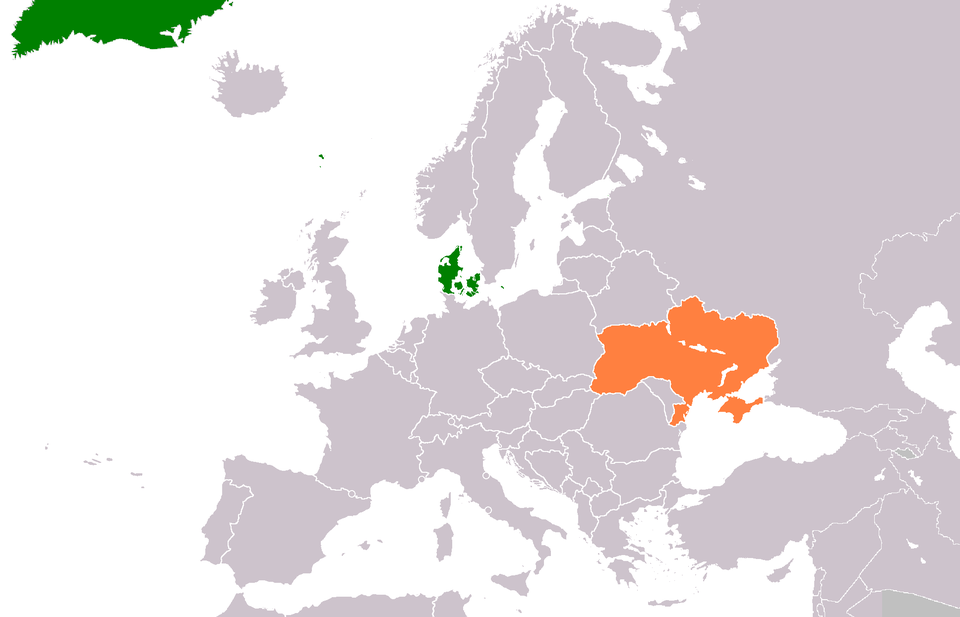Are you going to start your sociology dissertation and thinking about how to incorporate labeling theory into it? Most students begin their dissertations but face issues when providing a theoretical base for a topic. Without strong and logical theoretical grounds, your dissertation or research paper can’t impress your supervisor or the review committee. Following a careful approach becomes even more important when you are applying labeling theory.
As per San Jose State University, labeling theory explains how we, as a society, respond to crimes and deviance. It was a common question among theorists and criminologists during the 1960s: What makes some people deviant and criminal? This theory has become an important part of social sciences since then. Students and professionals are employing it to provide a logical ground for their studies or research papers.
However, using this theory for a dissertation is not a cup of tea for everyone because students need to find the most relevant literature to their topic and determine if it can be a good choice or not. Let’s understand it in detail and learn about its applications with examples.
5 Tips to Apply Labeling Theory in Sociology Dissertations with Examples
Think of a student who has been working on his sociology dissertation for months. He finds hundreds of studies for the literature review from online libraries and research journals. Moreover, he buys expensive books to cite as evidence to back up his arguments without mistakes. There is no flaw in his dissertation, from the abstract to the detailed bibliographies. However, the chapter of theoretical work isn’t impressive because he applied the theory of labeling without guidance.
What will be the response from his supervisor? They will, for sure, return it with a suggestion to revise it. Many students face the same problem because they don’t have in-depth information about labeling theory and how to apply it. Can’t these students write dissertations and apply this theoretical work? Yes, they can. Nevertheless, they will need help from dissertation writing services to complete the theory chapter appropriately.
These services will first know the nature of your study and then apply label theory. You can also capitalise on them to complete your dissertation flawlessly. Here, we will give you some tips essential to master when applying this theory in your research paper or essay.
1. Clearly Define Labeling Theory
Some educational institutes and research journals require you to define your theoretical work in a separate chapter of your dissertation or research article. On the other hand, some may ask you to describe your theory in the literature review. Ignoring this guideline can lead to the rejection of the first draft. Therefore, you must seek information specifically for this chapter to avoid problems later.
When working on your dissertation, you will also have to define the labelling theory of deviance. You will include the following points:
- History and Development: You will comprehensively explain the history and circumstances that led to the development of this theory. As mentioned above, theorists started working on this phenomenon in the 1960s. You can find research papers from various online journals and explain the details without missing any information.
- Prominent Contributors: A student must dedicate a paragraph to the thinkers who developed this theory. According to Britannica, Howard Becker published his groundbreaking work “Outsiders” in 1963, which explained thoroughly how we label others and how labelled persons internalise it and start behaving in a particular way.
- Debates and Criticism: In the last chapter of the theoretical work, you will cover all the points related to criticism. For instance, you can explain how other theorists reject it and what the weaknesses of this theory are. Don’t think that highlighting the weak points of this or any other theory can compromise the quality of your arguments. Discussing these weaknesses will make your supervisor believe that you have a clear understanding of the theory.
Always use the source to curate the theoretical chapter. Instead of using information from research papers or other books, you can cite “Outsiders” in your theoretical chapter. This will make your dissertation more genuine and authentic.
2. Use It to Frame Your Questions
A research question or a set of questions is the backbone of your dissertation or research article. Without these questions, you can’t bring value to academia – no new dimension to any study or topic. Why is that? Because students don’t frame their questions with the help of a theory. If they do, there is no synchronisation between these queries and the theoretical work, which is essential to complete a dissertation successfully.
Defining research questions becomes even more important when employing sociological labeling theory. You must focus on preventing the discrepancy between questions and the theoretical work. For instance, you are writing a dissertation on the effects of media and how it plays a continuous role in labelling people or a specific community. Let’s say you are studying how BBC and CNN portray diasporic people. Your research questions for the study will look like these:
- Why do the BBC and CNN label diasporic communities as threats to their culture?
- What strategies do these news channels adopt when labeling a specific community?
- How do local people perceive the agenda of these news channels?
- Is there any societal unrest after continuous labeling from BBC and CNN?
These questions will determine the nature of your dissertation. If defined appropriately, they will reduce dissertation pressure, and you will be able to focus on defining every chapter clearly. You will state that we are framing our research questions based on labeling theory, giving your study a new direction effectively. Moreover, theory-based questions allow research to bring value to academia.
3. Identify People Who Label Others
Labeling theory in sociology helps students and research professionals identify people who have the power to label others. What are their motives behind labelling a person? What type of labels do these people usually use for others? Answering these questions allows you to specify the people who have the authority or power to label specific persons.
As a student working on your dissertation, you will find that media outlets and journalists usually label common people. In addition to that, journalists, police and educational institutes can label people, too. For instance, if an individual is wanted in a case, police might label him as a suspect.
Similarly, if a student doesn’t attend class on time, an educational institute may expel him and label him an agitator. Identifying these people, organisations, or institutes can guide you in writing your dissertation without making mistakes. However, it’s essential to identify people correctly, as a mistake here can impact the results of your study.
These are a few tips when identifying such people who label others:
- First, always find the people who are being labelled instead of those who are labelling.
- Identify the exact strata of the society that labels, and don’t try to genericise your observation.
- Make sure that you identify people without making a mistake because flaws in the identification process may offend others.
4. Use Real-Life Examples
Making your arguments tangible and relatable should be an aspect of your dissertation that you will always focus on. Without these real-life experiences, it will be difficult for readers to feel attached to your study. As a student or researcher, it’s totally up to you how you choose to add these real-life examples.
For instance, according to ResearchGate, poverty is seen as deviant in many societies. Similarly, you can find out people being labeled in your city or village. You will study what type of difficulties these people face when they have a label. A poor individual may be labelled as a mistrusted person by the upper class of society. You will find out whether this individual faces issues when securing a job or not.
The labeling theory focuses on these aspects and encourages you to add real-life experiences and examples to make your dissertation authentic and genuine. However, you may discuss these examples with your instructor or other research professionals before adding them to your dissertation.
5. Explore the Internalisation Process
As a researcher, you can explore the process of internalisation, which is the second most important part of labelling theory. This theory states that labeled people accept the tag and internalise it. You can find out about these people to learn about their emotions and what type of changes came to their lives after labeling.
For instance, many educational institutions expel students for several reasons. Sometimes, their academic performance is poor, and their attitude toward fellow students and teachers is bad. An educational institute labels these students as troublemakers. These students perceive themselves as they are and don’t start their academic journey again. You can interview these students and ask some basic questions.
These in-depth interviews will make your supervisor believe that you understand the emotional and psychological dimensions of labeling. This process will make your dissertation authentic and full of arguments, as you will have real-time examples to add to your writing. So, conduct detailed interviews in the light of labeling theory and complete your dissertation perfectly.
What is Labeling Theory?
The labeling theory explains how society labels individuals and how these labels can significantly influence their behaviour and self-perception. Howard Becker proposed this theory in the social sciences in his book “Outsiders”, which was published in 1963.
Since then, this theory has been a fundamental part of social sciences, especially psychology and criminology. Students and research professionals use this theory to back their topics and arguments. You can read the original book and research articles to understand it completely before applying it to your dissertation.
What Are the Two Types of Deviance Associated with Labeling Theory?
Understanding the two types of deviance associated with labelling theory is essential before using it for your dissertation. Some students don’t understand the basic difference and face issues, such as repetitive revisions. These two types are:
- Primary Deviance: Let’s say you break a rule and drive your vehicle beyond the speed limit. You are crossing the speed limit on a road where there is no camera or police. This act of rule-breaking will go unnoticed. It’s known as primary deviance.
- Secondary Deviance: You open the bag of your fellow student, bring out a chocolate and eat without his permission. However, he watched you when you opened his bag and ate his sweet treat. He may label you as a thief. You internalise this label and continue your deviant behaviour.
What is the Labeling Theory of Social Constructionism?
The labeling theory of social constructionism states that deviance is not an inherent quality. For instance, if a person is born in a poor family, we can’t say that he is or will become a thief. This theory argues that deviance is based on a reaction instead of an action.
According to the theorists of this school of thought, labels can stigmatise people, and it may make them adopt negative habits, leading to bad consequences for society. On the other hand, some scholars consider this a controversial theory and criticise it. Still, it can provide a strong ground for your dissertation.
Conclusion
You may have a better idea of how difficult it is to write a dissertation if you are already working on one. Applying theories, especially in social sciences, is a neck-breaking effort for everyone who has no idea about them and their importance. Without these theories, your dissertation will not help you earn higher grades.
If you don’t know how to apply labeling theory, you may contact dissertation writing firms. These firms will learn about the nature of your study and apply the theory accordingly. They will define research questions based on the previous theoretical work, giving your dissertation a new dimension and contributing to academia effectively.
Author Bio
George Flodyd is an experienced dissertation writer with expertise in curating engaging introductions, applying theories, writing literature reviews, and adding bibliographies. With a rich experience in academic writing, George helps students shine on their journey without facing difficulties.











